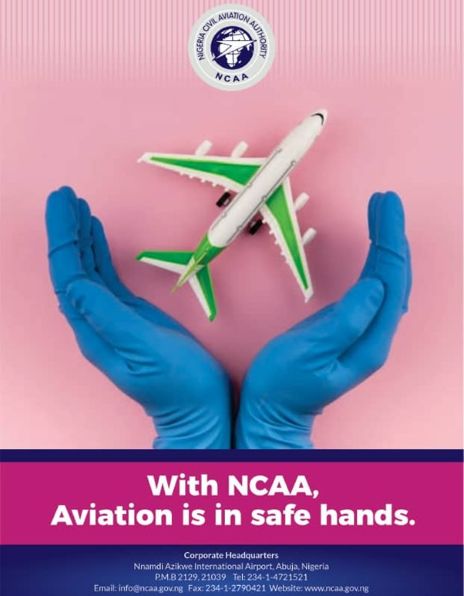Despite the vast opportunities for success that access to the internet and technology provides for small businesses in Africa, less than seven per cent of microenterprises use technology for business, a new International Finance Corporation-World Bank research has shown.
The report, which was released on Thursday, indicated that economists at the World Bank and IFC analysed data from a survey of 3,325 microenterprises in seven countries — Ghana, Kenya, Mozambique, Nigeria, Senegal, South Africa, and Tanzania. According to the survey, microenterprises that used smartphones and computers “reported 2.8 times higher rates of productivity, six times higher sales levels, and 1.9 times the number of employees than non-users”.
The survey also showed that less than seven per cent of microenterprises said they used digital technologies for business.”
“71 per cent of respondents reported ‘no need’ for digital technologies. For instance, 35 per cent said these technologies were too expensive for them, especially after factoring in the cost of purchasing the products with monthly usage fees and related electricity costs. About the same share, 34 per cent, said that they did not know how to use the technologies, pointing to a digital skills gap to be bridged,” it stated.
Elaborating on the factors responsible for the small share of businesses utilising smartphones and digital technology, the IFC noted that 20 per cent of respondents cited lack of access to high-speed internet as a reason for not using digital technologies.
Elaborating on the factors responsible for the small share of businesses utilising smartphones and digital technology, the IFC noted that 20 per cent of respondents cited lack of access to high-speed internet as a reason for not using digital technologies.
This suggests that while access remains a problem, it may not be the overriding cause of the low use rates. For instance, the mobile and high-speed internet use rate among the general population, at 22 per cent of country populations averaged across Sub-Saharan Africa, is more than three times that of microenterprise,” it further stated.
According to the report, the availability of high-speed internet has steadily risen in Sub-Saharan Africa, from an average of 25 per cent in 2010 to 84 per cent by 2021.
“It added that the increase in coverage had not yet resulted in a comparable uptick in connectivity.
“As of 2021, 74 per cent of Africans living in areas where high-speed mobile internet was available were still not connected.
It noted poor access to microfinancing was another hindrance to the small share of users leveraging technology for business success.
Source: Agency Report




